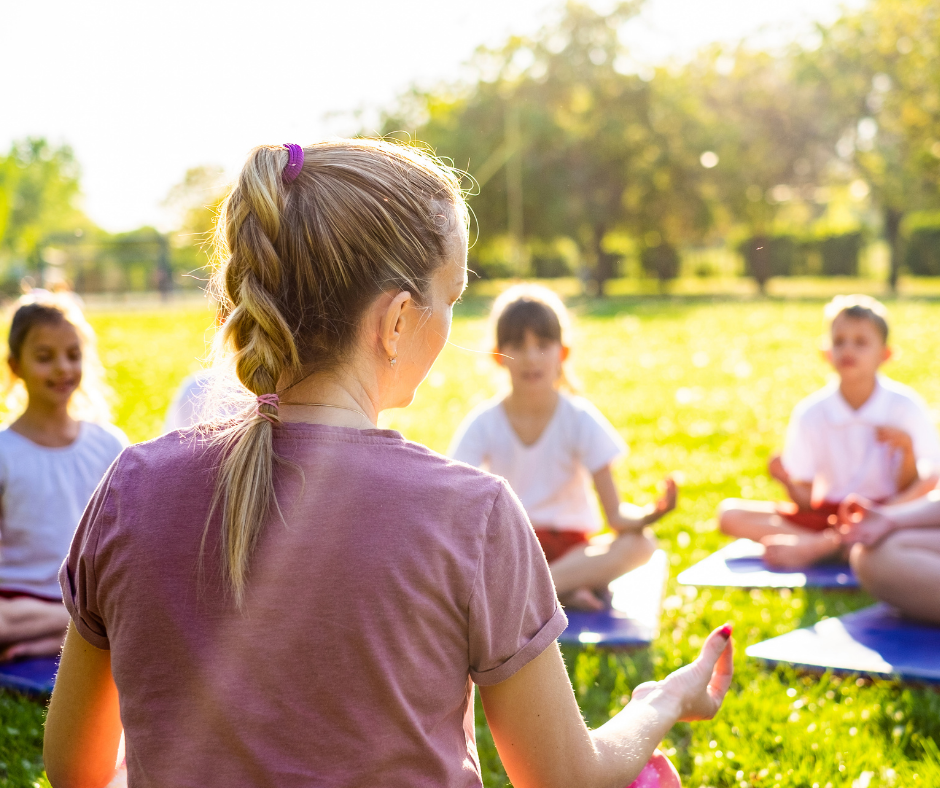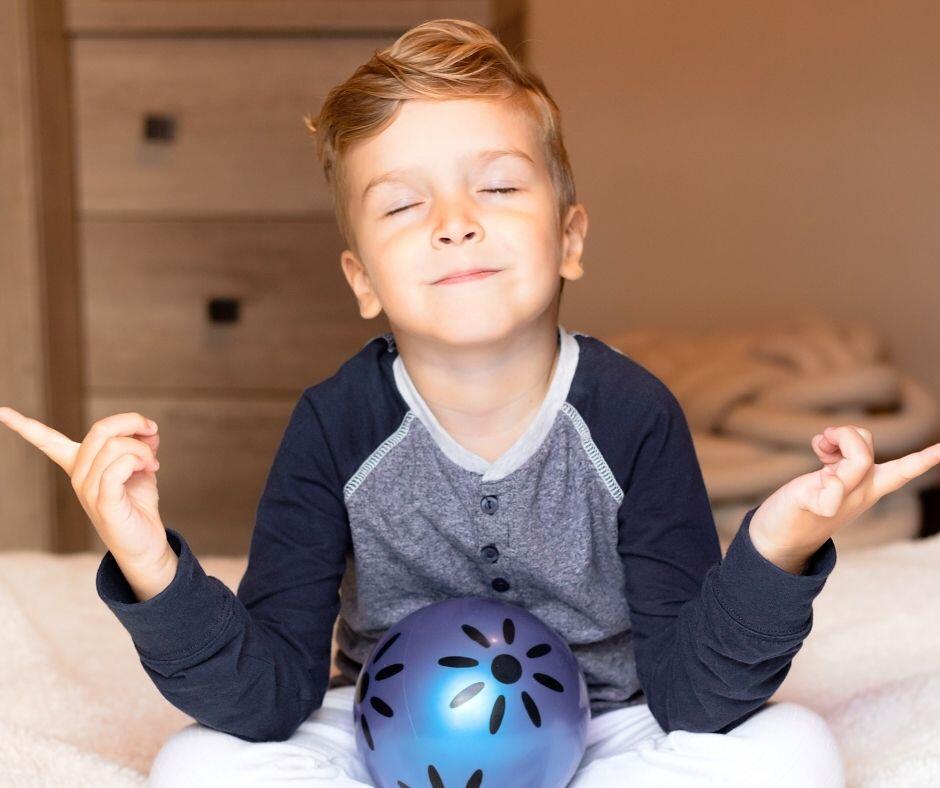Teaching kids Mindfulness the fun way
Posted on 25/05/2022
Wellbeing, Health
Many people turn to mindfulness to reduce stress, anxiety and wellbeing in adulthood but why not try introducing this calming practice to your kids from an early age?
Life can seem far too serious at times and yet as kids we have fewer inhibitions so should, by rights, be more carefree. But, recent statistics show that the number of children suffering from anxiety and other mental health issues is increasing. Mental Health America published that youth mental health is worsening. Rates of youth with severe depression increased from 5.9% in 2012 to 8.2% in 2015. Even with severe depression, 76% of youth are left with no or insufficient treatment.
“Regular meditation is a personal choice and shouldn’t be imposed on people, especially little people, without their permission,” says Tom Evans, author of The Authority Guide to Practical Mindfulness. “However, there are some simple ways to disguise mindfulness practice in a way that is far more appealing to kids, but that reaps the same rewards for both the child and the adults caring for them. It’s a potential win-win.
“Firstly, make mindfulness fun and don’t even call it mindfulness. Secondly, introduce activities that parents and staff at school or nursery can implement with little or no formal meditation training. Thirdly, integrate exercises into the day seamlessly and without introduction. Here’s five simple and repeatable mindfulness hacks for you to play with and note it’s important that parents or staff join in with these at the same time to amplify the calmness they create.”
Hack 1 : Belly Breathing
This exercise is a great way to start or finish the day. Ask your children to sit upright and imagine the top of their heads are attached to the ceiling with a thin but strong thread. Optionally, you can tell them to wiggle their fingers and toes. Get everyone to place their hands on their bellies so the middle finger tips on their hands are touching. Next demonstrate breathing in so the belly really expands and the finger tips separate. Then ask everyone to breathe out fully and then let the middle fingers touch again. Seed the notion that they are expelling all their stale air and replacing it with fresh air. Go outside for this if you can.
Hack 2 : Staring Silently
Draw a symbol on paper and stick it to the wall. This can be a triangle, square, circle, pentagon, hexagon or an infinity sign. The children can even get involved with this and create their own personal symbols. Tell the children that there is a competition for who can sit the longest without making a noise (inevitable giggling is to be expected, encouraged and allowed).

Next ask the children to stare at their individual symbol, and to trace its outline with their eyes in a clockwise direction, but keeping their heads as still as possible. Give them as much time as they need for this, until you detect restlessness. Finally, see if they can reverse the direction and trace the symbol in an anticlockwise direction.
Hack 3 : Getting in The Zone
This exercise works particularly well before embarking on a creative task, like writing, painting or playing musical instruments. With everyone’s mouths closed, ask them to hold their left nostril closed with their index finger and breathe through the right nostril for say 3, 5 or 7 breaths. They then flip over and hold the right nostril closed to breathe through the left nostril. Remind the children to place their index finger on the outside of their nose and not up the nostril for an extra laugh! When we breathe through our right nostril, we energise our left hemisphere. Our right hemisphere is similarly energised through the left nostril.
Hack 4 : Whole Brain Drawing
The latest neuroscience on brain asymmetry seems to indicate that the left brain is logical and the right brain creative. A closer model, which is still a generalisation, is that the left brain processes detail and carries our learned responses. The right brain’s function seems to embrace the new and maintain the whole vision. The connection between neurons is plastic and they can rewire in an instant. This is especially true in the young.
Everyone will need a blank piece of paper and some coloured pens, crayons and pencils. You then give the left brain a task and some rules. For example, do a drawing using four lines, three squares and two circles. You could equally say it must contain three normally unconnected objects like a car, an elephant and a magic wand. You then give the right brain a task to do that represents an enjoyable memory, or drawing a poster for a new TV programme or film. Note of course, this might be a task more suited to pre-school children and not so much toddlers.
Hack 5 : Free Form Meditation
Children are of course like sponges. So, once they learn a few of these techniques, they can be encouraged to put their own routines together in small groups. Perhaps some of the older children can lead some of the younger ones. There are a number of additional and simple meditative techniques they can improvise around, like holding their fingers and thumbs together in certain patterns and the creation of repetitive mantras and sayings like, “Be Calm”. Fun and creativity are to be encouraged over any notion of whether it is being done correctly.

Not only will these hacks boost your child’s concentration and creativity levels but one of the best spin offs is when the children return home calm. If they see their parents ‘stressing out’, it’s amazing how quickly they start telling them to ‘just breathe’.
Tom Evans is the author of The Authority Guide to Practical Mindfulness www.tomevans.co. He is one of Insight Timer’s top meditation guides. You can sample his meditations for free here: https://insighttimer.com/tomevans and this particular meditation is an example of Hacks 2 and 3 https://insighttimer.com/tomevans/guided-meditations/getting-in-the-zone